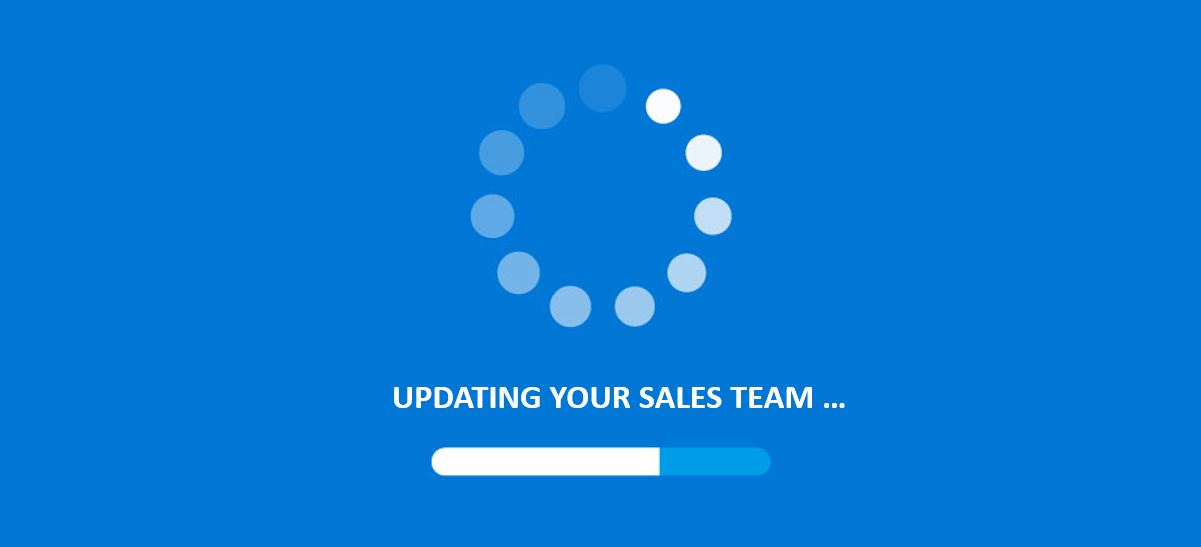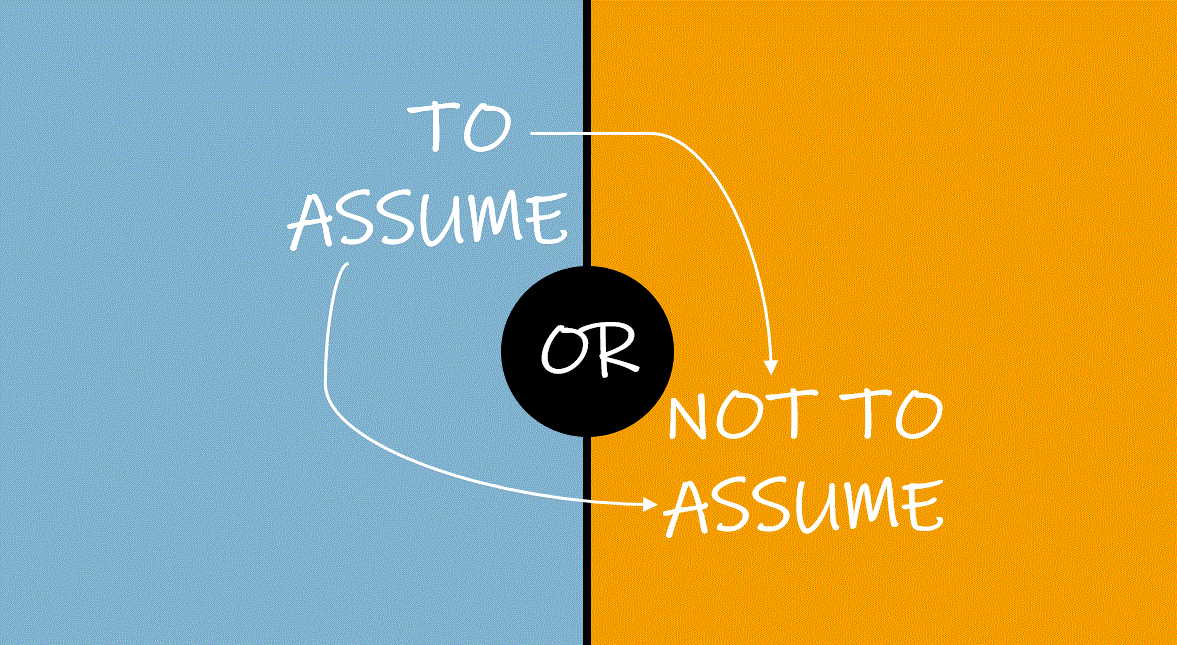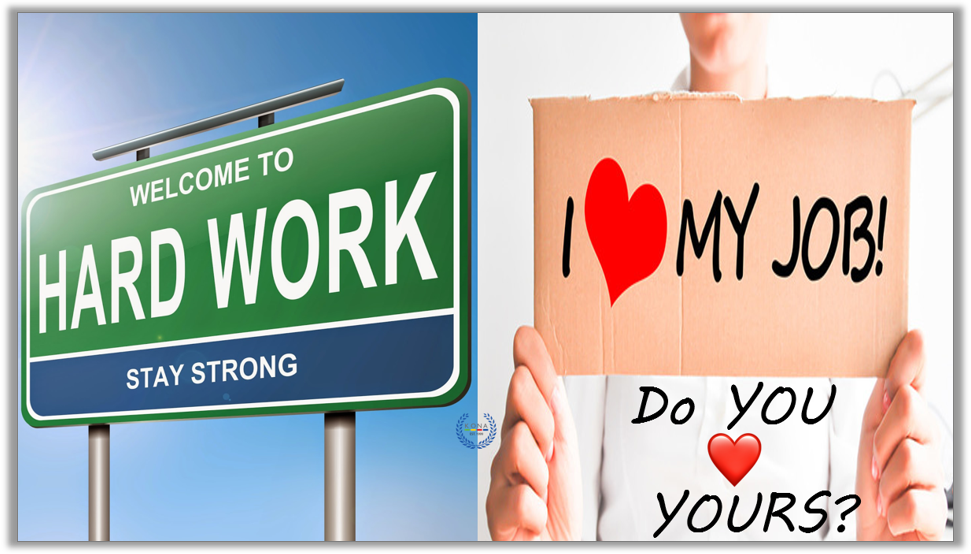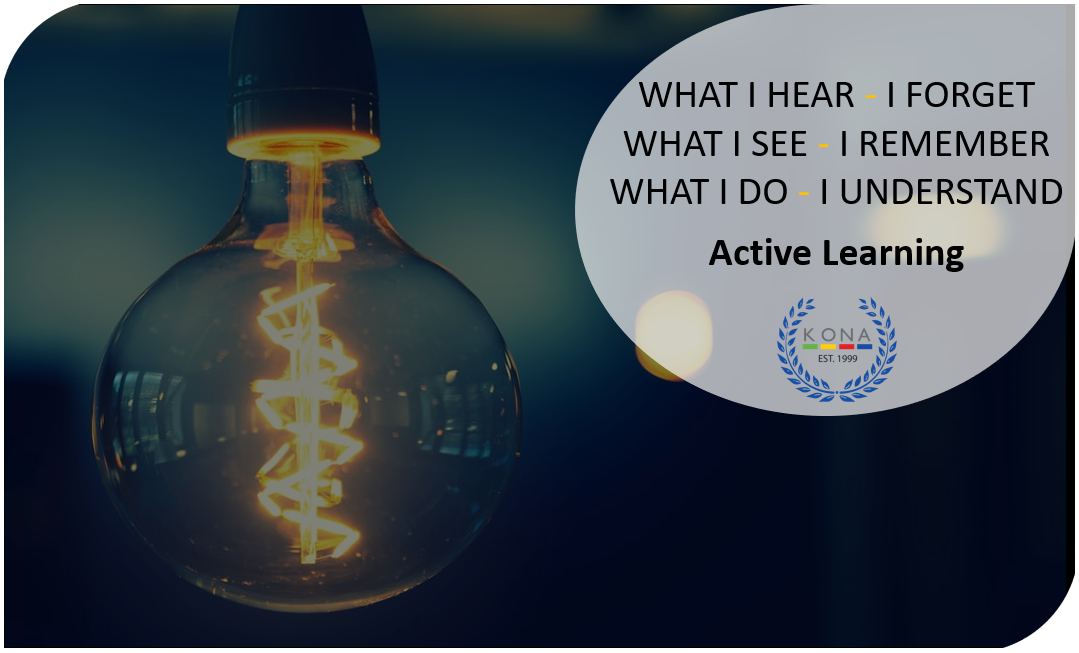
Excited, satisfied and wanting more? And all it took was an update?!
Well then, does it not stand to reason, if we updated our Sales Competencies our customers too will be excited, satisfied, and wanting more?
EXCITED, SATISFIED AND WANTING MORE
Excellent Salespeople will have a specific set of core Sales Competencies. And it is their Leader’s job to ensure these Sales Competencies are refined and renewed. How? By regularly updating their skills, performance methods and top of the list Sales Competencies. These competencies are both inherent traits to their behaviours as well as skills that can be trained, practiced, and once again, updated. Understanding what these select proficiencies are, how they contribute to a Salesperson’s success, and how to recognise them in your team will make a significant difference. Namely, pumping up their pipeline and boosting overall ROI.BUT EVERYONE IS DIFFERENT
Whether they are converting inbound sales calls, fighting it out in the field or managing from behind the front-lines, Sales professionals need a particular set of foundational skills. Below is a list of the Top 8 Sales Competencies your Sales Team should be receiving regular updates in.TO UPDATE YOUR TEAM’S SALES COMPETENCIES
Top 8 Sales Competencies
1. Prospecting
Finding a customer’s pain points and needs in the marketplace keeps the pipeline full of potential customers for new business. It’s essential to update your Prospecting Style. This can be from how you research your customers, how to uncover their desires, as well as new was to define the ideal customer profile.
2. Upselling
Strong Salespeople are able to identify opportunities for expansion revenue. For Sales Managers, this means observing their Sales team under a microscope. That is, updating their account management processes, active listening skills, quality questioning techniques and customer rapport strategies.
3. Time Management
Self-management is a significant factor influencing success in Sales. This has never been more so than in this current work from home environment. Do your Salespeople know how to maintain their mojo and time management skills while working from home? It is crucial for both the Salesperson and their Manager to have a Sales Process in place, keep to task and stay on a schedule. Equally as important, is ensuring these attributes are regularly measured and – updated!
4. Proper Planning
An update for planning skills is essential. This is because it shows how your Sales team intends to accomplish their goals. Effective Planners know the end goal and plan around achieving those goals. But even plans need updating. Does your Sales team know how to:- Breakdown their time?
- Reverse Plan?
- Record progress and results?
- Calculate Time Spent on Quality Conversations?
TO UPDATE YOUR TEAM’S SALES COMPETENCIES
5. Accountability
When it comes to Sales Competency, the tools to use to measure your Salespeople’s actions and results is a huge predictor of success. Salespeople who make it second nature to “own it”, that is take responsibility for their actions, grow both their skills as well as the organisation’s value and productivity.
6. Build the Emotional Contract
Updating how your Salespeople and Managers emotionally engage with their customers is vital. Do your Salespeople know how to:- Help their customers through the buying process?
- Understand how to ease their customer into a comfortable conversation?
- Communicate effectively, and efficiently?
- Establish trust and gain a commitment?
- Know when to speak and when to stay quiet?

7. Drive Decisions
Sales is about getting people to buy, so knowing how to encourage people to make a purchase is crucial. But first, your Salespeople need to know why people buy. And this “why” changes overtime. How will your Sales team know why their customers buy, without regular updates into their customer’s needs? Does your Sales Team need to update its Why Statement?
8. Emotional Intelligence
A vital Sales Competency of successful Salespeople is possessing a high Emotional Intelligence. That is, knowing how to manage their feelings as well as the feelings of other people. Controlling emotions requires clear self-awareness as well as self-confidence. But it also requires the skill of knowing how to “read” their customer’s behaviour. Updating your Salespeople’s understanding of others teaches them how to look for crucial cues. Ultimately, it provides them with a tool kit to “read” the behaviour of their customer throughout the entire sales relationship. To UPDATE YOUR TEAM’S SALES COMPETENCIES Call KONA on 1300 611 288 for a conversation, or email info@kona.com.au anytime.
To UPDATE YOUR TEAM’S SALES COMPETENCIES Call KONA on 1300 611 288 for a conversation, or email info@kona.com.au anytime.












































 For many, 2020 comes pretty close to a curse word. And while there appears to be a chance of a resurgence at the moment, the fact remains, we still have no clear certainty about the path the pandemic will take businesses on next year. But that does not mean we just sit back and wait. You will not survive. Start getting Match Fit and Sales Ready in these closing months of 2020, otherwise 2021 will be even bleaker for businesses than this year was.
For many, 2020 comes pretty close to a curse word. And while there appears to be a chance of a resurgence at the moment, the fact remains, we still have no clear certainty about the path the pandemic will take businesses on next year. But that does not mean we just sit back and wait. You will not survive. Start getting Match Fit and Sales Ready in these closing months of 2020, otherwise 2021 will be even bleaker for businesses than this year was.
 Companies that are still standing strong and successful today must be Sales Ready and prepare to adapt their approach on a strategic level in 2021. While we can’t predict the future, we can use what we’ve learned to shape our strategies and maximise prospecting potential for next year.
Here is a list of what we have learnt so far from the pandemic experience, and how to be Sales Ready, prepare for prospecting and go hard.
Companies that are still standing strong and successful today must be Sales Ready and prepare to adapt their approach on a strategic level in 2021. While we can’t predict the future, we can use what we’ve learned to shape our strategies and maximise prospecting potential for next year.
Here is a list of what we have learnt so far from the pandemic experience, and how to be Sales Ready, prepare for prospecting and go hard.




















 Consider how many hours go into training for the Olympics. Ultimately, an Olympic gymnast trains for years before hitting the mat with her teammates. So, we should do no less for our sales leaders!
Consider how many hours go into training for the Olympics. Ultimately, an Olympic gymnast trains for years before hitting the mat with her teammates. So, we should do no less for our sales leaders!













































































